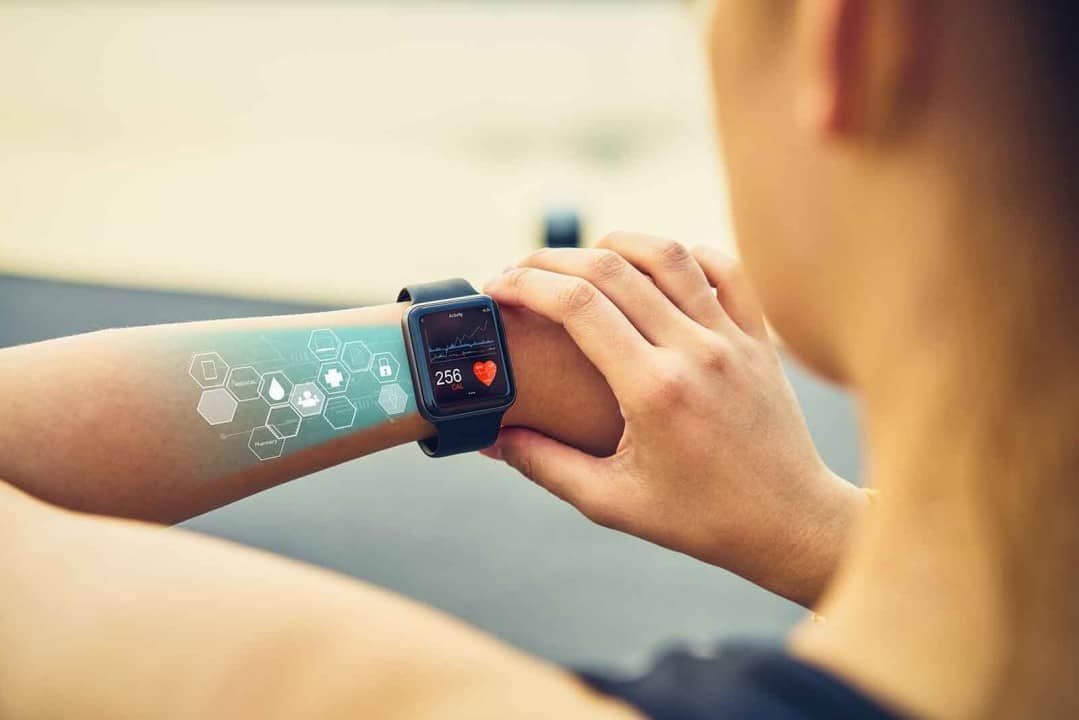In a world where technology and health intersect like never before, wearable health tech is emerging as a game-changer. From fitness trackers to smartwatches, these devices are not just trendy accessories—they’re powerful tools for monitoring and improving our health. Let’s explore how wearable health tech is transforming personal wellness in 2024, its benefits, and what the future holds.
The Evolution of Wearable Technology
Wearable health technology has come a long way since the first pedometers. Today’s devices are equipped with advanced sensors and features that provide real-time health insights. Smartwatches and fitness trackers can monitor everything from heart rate and sleep patterns to oxygen levels and even stress levels. This evolution has made it easier for individuals to take charge of their health like never before.
Key Features of Modern Wearables
- Health Monitoring: Most wearables track vital signs, including heart rate, blood pressure, and sleep quality. This continuous monitoring allows users to identify patterns and make informed health decisions.
- Activity Tracking: Whether it’s counting steps, tracking workouts, or logging calories burned, wearables help users stay active and set fitness goals.
- Sleep Analysis: Understanding sleep patterns is crucial for overall health. Many wearables provide insights into sleep quality, duration, and disturbances, helping users optimize their rest.
- Stress Management: Some devices come equipped with features that measure stress levels through heart rate variability and guided breathing exercises, promoting mental well-being.
- Integration with Health Apps: Wearables often sync with smartphones, providing a comprehensive overview of health data. Users can access personalized recommendations based on their metrics.
Benefits of Wearable Health Tech
- Empowerment: Wearable technology empowers users to take control of their health. By providing real-time data, individuals can make informed lifestyle choices and set achievable health goals.
- Preventative Health: Continuous monitoring allows for early detection of potential health issues. For example, irregular heart rates can alert users to seek medical attention before a serious condition develops.
- Motivation: Many wearables incorporate gamification elements, such as challenges and rewards, which can motivate users to stay active and engaged in their wellness journey.
- Personalized Insights: Wearables collect vast amounts of data, enabling personalized health insights and recommendations that cater to individual needs.
- Telehealth Integration: As telehealth continues to grow, wearables can play a vital role in remote patient monitoring, providing healthcare professionals with valuable data to enhance care.
Challenges and Considerations
While the benefits are substantial, there are challenges to consider. Privacy and data security are paramount; users must be mindful of how their health data is collected and used. Additionally, the accuracy of certain metrics can vary by device, so it’s essential to choose wearables from reputable brands.
The Future of Wearable Health Tech
As we move further into 2024 and beyond, the future of wearable health tech looks promising. Innovations in artificial intelligence and machine learning are set to enhance data analysis, providing even more personalized and actionable insights. Additionally, as technology becomes more integrated into our daily lives, wearables may evolve to include features such as mood tracking and metabolic health monitoring.
